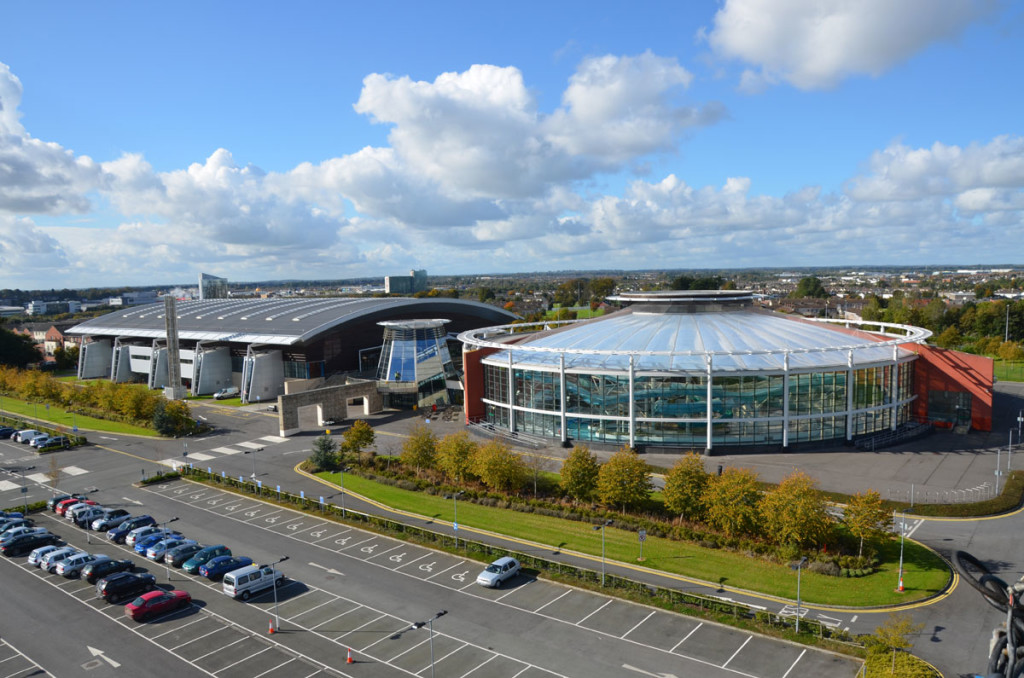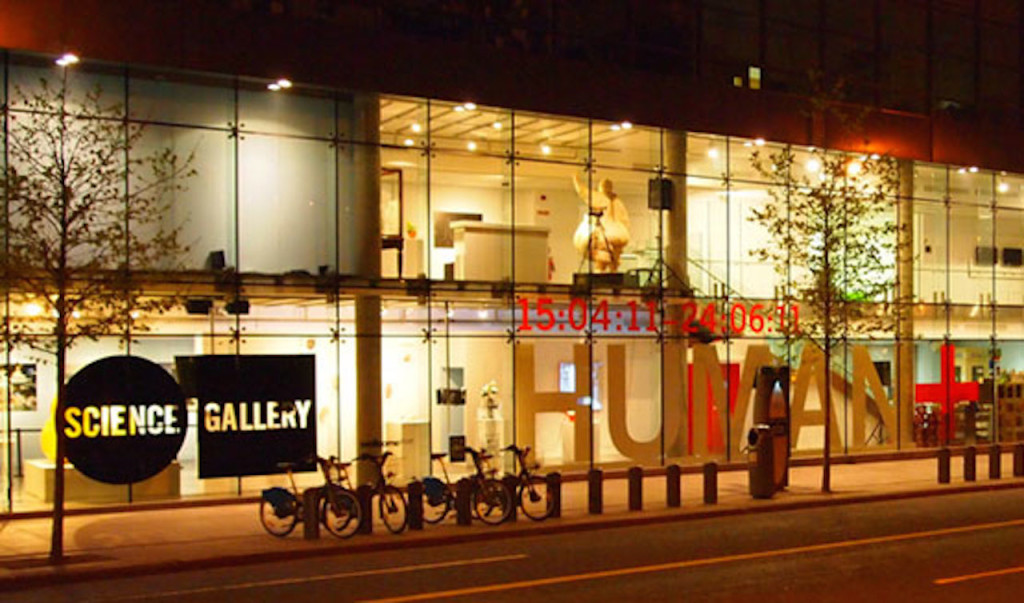Much appreciated by tight-knit music fans, Dublin’s Vicar Street is a mid-size music performance venue with capacity for 1,500 concertgoers. Its intimate atmosphere and local, non-corporate ownership have made it a place which music lovers living locally or visiting identify and recognize for authenticity. As such many of music’s biggest ever soloists such as Paul Simon and Bob Dylan have played there, while some of Ireland’s timeless folk acts like The Dubliners have also put on amazing shows.

Vicar Street has the distinction of being a recipient of regular awards, owing to its selection of some of the highest quality bands, plus its in-house amenities such as the comfortable bar and merchandise stalls. Commonly the demand for their tastefully chosen musicians is so high that dates are added to tours and plans shifted. Feedback from people attending is almost uniformly strong, with the professionalism of the door staff plus the vibrancy and atmosphere of performances cited as reasons why so many music fans visit Vicar Street again and again.
The National Concert Hall in Dublin hosts some of Ireland’s best classical music and opera, being the home of the RTÉ National Symphony Orchestra. The neoclassical hall first opened over 150 years ago, and the premises were for a long time part of the University of Dublin; not regaining their original, musical purpose until 1981. Today the venue is the biggest classical concert hall in Ireland, hosting famous singers such as Lesley Garrett and players such as violinist Nigel Kennedy.

Together with symphonic and operatic performance, the NCH also puts on numerous musicals, with best loved classics such as Oliver! performed on a yearly recurring basis. The frequent themed galas, together with performances of operatic and instrumental groups, plus taster concerts of all-time favourite composers, keep the roster fresh and broadly appealing to locals and tourists in Dublin.

Dalymount Park is the home ground of Bohemian F.C. , a football team in Ireland with a devoted and stalwart local following. Despite only boasting a capacity of 10,000, the ground’s age and significance in Irish football once made it a common choice for UEFA to host their qualifiers. However the rapid construction and enlargement of other stadiums elsewhere led to Dalymount’s decline which it is now, thanks to modern renovations, hoping to reverse.

The main attraction for locals remains the frequent matches of Bohemian F.C. , while its occasional role as a stand-in for UEFA matches another draw for spectators. In 2015, a partnership between the ground’s owners and Dublin City Council saw Dalymount enter public ownership, the hope being that redevelopment of the pitch can happen in the near future. In the meantime the Bohemians, commonly jostling for position in the top 5 of Ireland’s Airtricity League, continue to attract great crowds from Dublin and beyond.
Aviva Stadium is Dublin’s largest sporting arena, home to both the Irish national football team and Ireland’s rugby union side. With a capacity of 51,700, rising to 65,000 on the occasions large music concerts take place there, this gargantuan venue is up there with some of the best modern, 21st century stadia in the world. Completed in 2010, the stadium enjoys good transport links with the Lansdown rail station essentially adjacent, while many hotels also enjoy situation nearby.

Famous matches have already happened in the stadium’s short history, with the ‘Dublin decider’ – a nail biting game between Celtic and Liverpool footy clubs – among the most noted. Since 2012 the Aviva Stadium has also enjoyed status as a host of American Football games, with several sides from the USA visiting Ireland to compete. As for music events, world famous pop acts such as Rihanna have performed there, while the more mature spectator in 2015 enjoyed a rip roaring concert from legendary rock band AC/DC.
Fondly referred to as ‘Croker’ by many Dublin locals, Croke Park is Ireland’s biggest stadium in terms of seating numbers, with a capacity exceeding 82,000. Frequently renovated since its earliest history back in the 1880s, Croke Park has in its long history hosted numerous athletics events and tourneys. The stadium doubles as a headquarters for the Gaelic Athletic Association, which has since the 1920s led the major expansions which made this gigantic venue into what it is today.

Since the 1980s, several ingenious expansions have seen Croke Park’s capacity gradually increased, particularly the four phase plan implemented between 1995 and 2005. Today the ground embodies the ultramodern; floodlit with a pitch combining ordinary grass with woven synthetic fibres. Together with athletic events, the stadium hosts rugby union games which have proven hugely popular and even record-breaking in terms of attendance. Some of the greatest acts in modern pop music have performed at Croker, with Ireland’s own Westlife and U2 putting on some of the venue’s most colossal shows.

The Irish Jewish Museum is a superb and comprehensive showcase of the Jews in Ireland. Situated on the site of an old synagogue, the museum is unusual in that it commemorates a small minority which never numbered any more than 5,000 people at its peak. Presently there are about 1,000 Jews with Irish citizenship living locally, with the group nevertheless concerted in representing themselves and the Semitic culture.

Although most of the little businesses and storefronts the Jewish community presided over have vanished today, the Irish Jewish Museum was founded with the principle of explaining the Jews’ arrival, thriving and functioning in the context of wider Irish society and culture. The aim has been successful; more than 10,000 visitors last year stopped by the museum, and ambitious plans to expand the facilities are currently in the works with fundraising efforts ongoing. Situated on the second floor is a preserved synagogue, with an ornate siddur prayer book one of the highlights.

The National Aquatic Centre is a venue of nationwide importance to Ireland, it being where most of the country’s water sports and swimming tournaments take place. Seating for 2,500 spectators provide opportunity for the year-round tourneys and events to receive acclaim, with many of Ireland’s top athletes train in a built-for-purpose sports park adjacent to the centre itself.

As well as its status as a sports venue, the National Aquatic Centre also acts a leisure centre where families and hobbyist swimmers can go to enjoy themselves and keep fit. Many groups and training sessions are held in the centre every year, with the most promising participants shortlisted for the high-performance swimming unit specially created for Ireland’s potential up-and-coming athletes, who practice in the centre’s Olympic-sized swimming pool.

The very best of Irish confectionery is joyfully showcased in Butlers Chocolate Experience, which is conveniently located a bit ways north of Dublin city centre, near to Dublin Airport. Families and groups visiting the chocolate factory will be thrilled to see how the various delicious treats from Butlers are made, with samples of many types of chocolate offered towards the end of the tour.

The machinery involved in crafting many of Butlers favourites serve as a comprehensive education of the art and business of confectionery making. A lecture on how chocolates are layered and made to be delicious are given, while a variety of descriptive displays place chocolate making in the context of Ireland and Dublin history. Children with their families can enjoy making their own chocolates with the supervision of Butlers staff, who have years of experience in crafting the yummiest fudge, toffees and chocs millions of people enjoy gobbling regularly.

The Science Gallery Dublin is part of the network of museums hosted by Trinity College. The building stands apart from most galleries in that it has no permanent gallery, instead throwing all its clout behind a given exhibition at a given time. The art on show is intended to reflect certain elements of science as it is manifested in the modern consciousness, whether it is medicine or cosmology, communication or electronics.

Something of a cutting-edge idea, the Science Gallery is presented to visitors as part of what is hoped to become an ambitious, globally situated network of such galleries. The aspiration to have seven such galleries around the world by 2020 stems from the fact that visitor numbers to the Dublin gallery alone have been huge – an estimated 1.8 million people have been entertained by the knowledge-inspired creative displays, artwork and graphical designs shown there.
Number Twenty Nine is a genuine and faithful recreation of how Dublin was during the late 18th century. As the name suggests, this ordinary house (hence No. 29) is where Georgian life is honestly reconstructed for the benefit of modern visitors curious about how life was over 200 years ago. How people lived in this era, including their dining habits, food pantry, servant’s quarters, bedrooms and living room parlours, are detailed with numerous items genuinely from the era alongside accurate replicas.

In many ways, the Georgian era was the first in which the emerging middle classes could enjoy a level of luxury previously only reserved for the highest royalty and nobility. The rise of the professions such as law, medicine, business and accountancy gave rise to a market for well-made furnishings, décor and designs, ceramics and glassware, plus a cultured way of living. Number Twenty Nine is eager to demonstrate this emergent culture, which many periods to follow have strove to recapture and imitate.



















